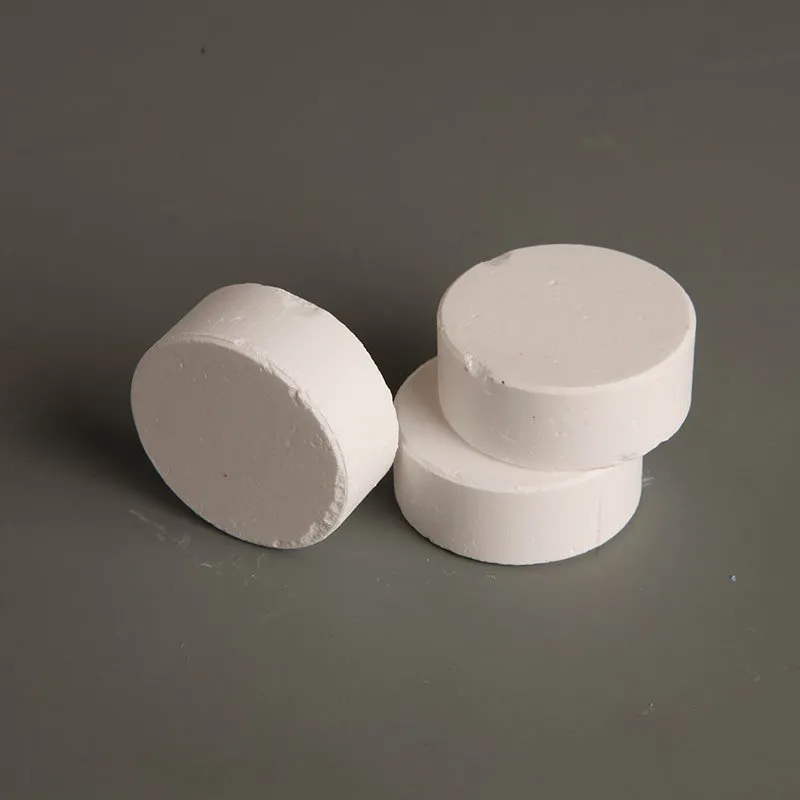



Sodium Sulfide Solubility and Effects in Aquatic Environments and Water Solutions
The Properties and Applications of Sodium Sulfide in Water
Sodium sulfide (Na2S) is an inorganic compound that plays a significant role in various industrial applications due to its unique chemical properties. When sodium sulfide is dissolved in water, it dissociates into sodium ions (Na⁺) and sulfide ions (S²⁻). This solubility not only enhances its practical use but also necessitates an understanding of its behavior in aqueous solutions.
Chemical Properties
In an aqueous environment, sodium sulfide is known for its alkaline nature. The sulfide ions produced when Na2S dissolves in water can react with acids to form hydrogen sulfide (H2S), a gas notorious for its rotten egg smell. Moreover, sodium sulfide is highly reactive with heavy metals, which makes it a valuable agent in environmental applications, particularly in wastewater treatment. It precipitates heavy metals from solutions, converting them into less harmful and more manageable forms. This property is leveraged in removing toxic metals like lead, cadmium, and mercury from industrial effluents.
The alkalinity of sodium sulfide solutions can also affect pH-dependent processes. As it tends to increase the pH of the solution, sodium sulfide can influence various chemical reactions. For instance, in metal processing, it serves as a reducing agent, particularly in the extraction of metals from their ores. By adjusting the pH with sodium sulfide, the solubility and precipitation of various compounds can be controlled, thereby optimizing the extraction processes.
Industrial Applications
Sodium sulfide has numerous applications across several industries, making it an essential compound. One of the primary uses is in the paper and pulp industry, where it helps in the digestion of wood chips to produce pulp. Its ability to break down lignin — the complex organic polymer in cell walls — allows for more efficient processing of raw materials.
sodium sulfide in water

Additionally, sodium sulfide plays a pivotal role in the textile industry. It is often used in dyeing processes, particularly for the reduction of indigo and other dyes that require a reducing environment. The sulfide ions act to maintain the solubility of the dye, allowing for a more uniform application and lavishing more vibrant colors onto fabrics.
Another significant application of sodium sulfide is in the production of sodium thiosulfate, which is used in photography and as a dechlorination agent in water treatment. Moreover, its role as an intermediate in chemical synthesis further showcases its versatility in industrial chemistry.
Environmental Considerations
While sodium sulfide is invaluable in many applications, its use is not without environmental considerations. The presence of sulfide ions in water, even at low concentrations, can be toxic to aquatic life. This necessitates careful handling and disposal of sodium sulfide solutions. Regulations and best practices must be adhered to in industrial settings to minimize the ecological impact.
Furthermore, the generation of hydrogen sulfide gas during reactions poses occupational health risks, requiring industries to implement adequate safety measures and monitoring systems.
Conclusion
In summary, sodium sulfide's solubility in water enables its extensive use across various industries, from pulp and paper to textiles and chemical processing. Its ability to precipitate heavy metals affords it a critical role in environmental management. However, with these applications come responsibilities; industries must manage its use and disposal to mitigate potential environmental and health impacts. Understanding the properties and effects of sodium sulfide in water is essential for harnessing its benefits while ensuring safety and sustainability in its applications. The balance between its utility and environmental stewardship remains a crucial aspect of sodium sulfide's presence in industrial processes.
-
Why Sodium Persulfate Is Everywhere NowNewsJul.07,2025
-
Why Polyacrylamide Is in High DemandNewsJul.07,2025
-
Understanding Paint Chemicals and Their ApplicationsNewsJul.07,2025
-
Smart Use Of Mining ChemicalsNewsJul.07,2025
-
Practical Uses of Potassium MonopersulfateNewsJul.07,2025
-
Agrochemicals In Real FarmingNewsJul.07,2025
-
Sodium Chlorite Hot UsesNewsJul.01,2025










